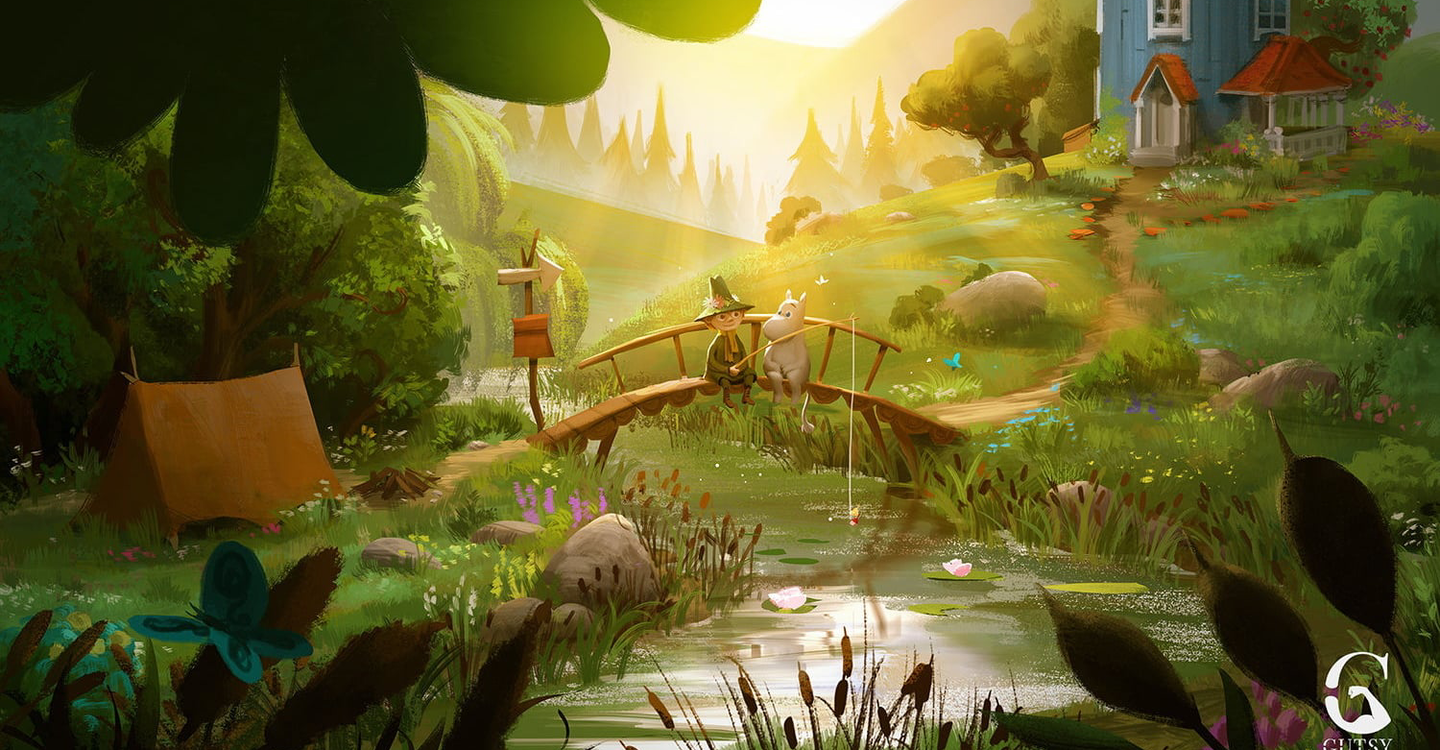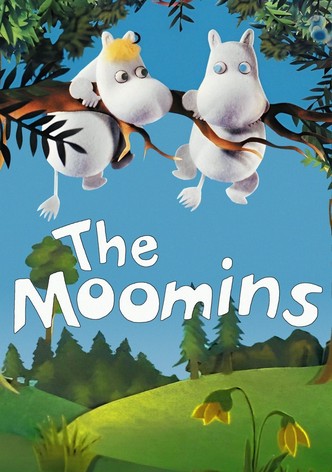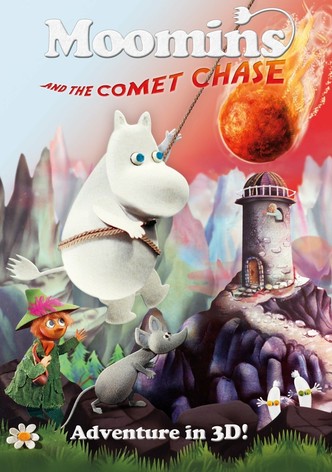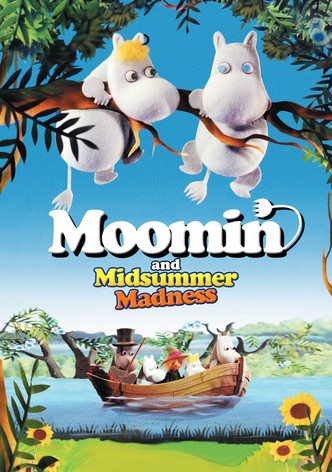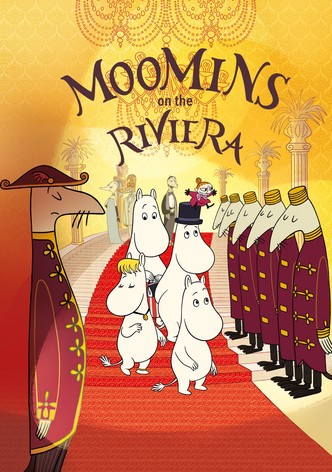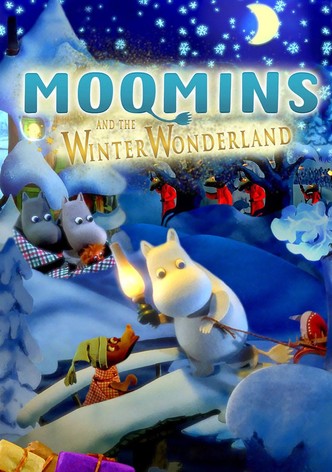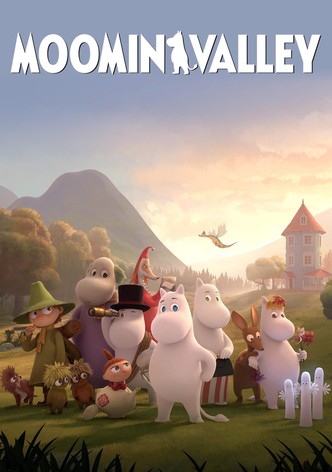You might recognise the Moomins as the smooth, white-coloured, large-snouted creatures from beloved older children's books. From 1945 to 1993, Finnish author and illustrator Tove Jansson published nine novels, several picture books, and a comic strip following the family-friendly adventures of the young Moomintroll, his parents Moominpappa and Moominmamma, his friends Little My, Sniff, Snorkmaiden, and others in their home, Moominvalley.
Beyond Jansson’s work, the Moomins’ adventures have been adapted into films and TV series around the world, from 1950s West Germany to 1990s Japan. Most recently, the CGI animated series Moominvalley has brought the Moomin family to a new generation of viewers, meaning you might have a renewed curiosity in discovering which adaptation is worth checking out.
Jansson’s Moomin books and comic strips are episodic, meaning there is mostly no continuous storyline to follow across the various productions, but book-ended adventures instead. This, in addition to the fact that most of the Moomin adaptations were made during different decades, in different countries, and by different companies, means there is no in-world chronological order to follow.
Therefore, we recommend either watching the Moomin movies and TV series in order of release (as listed below) or simply starting at one of the more comprehensive and modern Moomin series, namely the 1990s anime Moomin or the 2019 series Moominvalley, for which you’ll find more details on further down.
The Moomin Family (TV series, 1959–1960)
The first series created from the Moomin books was the West German The Moomin Family, from the original German name Die Muminfamilie. The series is a black-and-white production by the Augsburger Puppenkiste, a renowned puppet theatre from Augsburg, Germany.
The Moomin Family ran for a total of two seasons, with six episodes each, and brought different stories from the Moomin books to life for the first time. While the production is clearly quite old-school, it’s very wholesome and largely sticks to the plot of the two books it covers (Season 1: Finn Family Moomintroll, and Season 2: Moominsummer Madness). However, if you’re looking for a more modern introduction to the Moomins, it’s okay to skip this one.
Moomintroll (TV series, 1969)
The 1969 Swedish series Moomintroll (from the original Swedish title Mumintrollet) was written by original author Tove Jansson and her brother Lars. The series had a total of 13 episodes and featured live actors in Moomin costumes portraying some of the classic stories.
Unfortunately, it also became known as “The Decapitated Moomins” because the live actors infamously removed the heads of their costumes in the second episode in a misguided attempt to display the characters’ emotions. Instead, it terrified the young children watching, and it is probably not the best starting point for younger viewers today, either.
The Moomins (TV series, 1977)
Between 1977 and 1982, the Polish production company Se-ma-for produced a stop-motion series featuring felt puppets called The Moomins (from the original Polish Opowiadania Muminków).
The series is one of the more well-known Moomin productions, and was so well received in Poland, Germany, and Austria (where it originally aired) that it was adapted into English and aired in the UK and the US in 1983. While The Moomins is one of the most faithful adaptations of Jansson’s work—indeed, the author herself approved the episode scripts before they were filmed—be warned that the tone gets rather dark and is scarier than your average children’s production.
Years later, bits of the series were recompiled into several films, including 2008’s Moomin and the Midsummer Madness, in which the peaceful Moominvalley endures a volcanic eruption. Other films featuring repurposed material from the felt puppet series include 2010’s Moomins and the Comet Chase, and 2017’s Moomins and the Winter Wonderland. Seeking those out could make for a more streamlined viewing experience.
Moomin (TV series, 1990–1992)
The 1990s Moomin anime series is perhaps the most famous of all the Moomin productions.
The beautifully animated Finnish-Japanese production is distinctly lighter in tone and more child-friendly than the 1970s Polish series. While the series does not stick as faithfully to Jansson’s original stories, it has become widely recognised as one of the best Moomin series to date, and therefore worthy of attention for its cultural footprint alone.
Running for two seasons that total 104 episodes, it’ll also keep you busy for a while; younger, non-Japanese-speaking viewers will also find it accessible as it was dubbed into several languages, including English. A prequel film for the series called Comet in Moominland was also released in 1992, if you want further material.
Moomins on the Riviera (2014)
In celebration of Tove Jannsson’s 100th birthday anniversary in 2014, a French-Finnish co-production released this hand-drawn animated film based on a storyline from the Moomin comic strip.
Moomins on the Riviera follows the adventures of the Moomin family and their friends Snorkmaiden and Little My as they sail to the French Riviera. The film was well received when it debuted at the BFI London Film Festival, with reviewers praising it for its humour, artistic animation style, and ability to keep both kids and parents entertained.
Moominvalley (TV series, 2019–)
In 2019, a new British-Finnish CGI animated series was added to the Moomin roster, Moominvalley. It's since become one of the most successful Moomin productions to date, with its engaging, contemplative storytelling bringing Jansson’s classic stories into today’s era without discarding the original tone and magic. For the most modern and acclaimed introduction (or introduction) to Moomins, this is an ideal entry point.
Fittingly, the series has won several accolades, including Best Children's Series at the British Animation Awards in 2020, and is directed by Steve Box, who previously won an Oscar in 2005 for his work co-directing Wallace and Gromit: The Curse of the Were-Rabbit; if you like the stop-motion charms of Aardman, this is a natural accompaniment. Adding to its prestige, it also features voice work from beloved actors like Taron Egerton, Rosamund Pike, Kate Winslet, and more.

